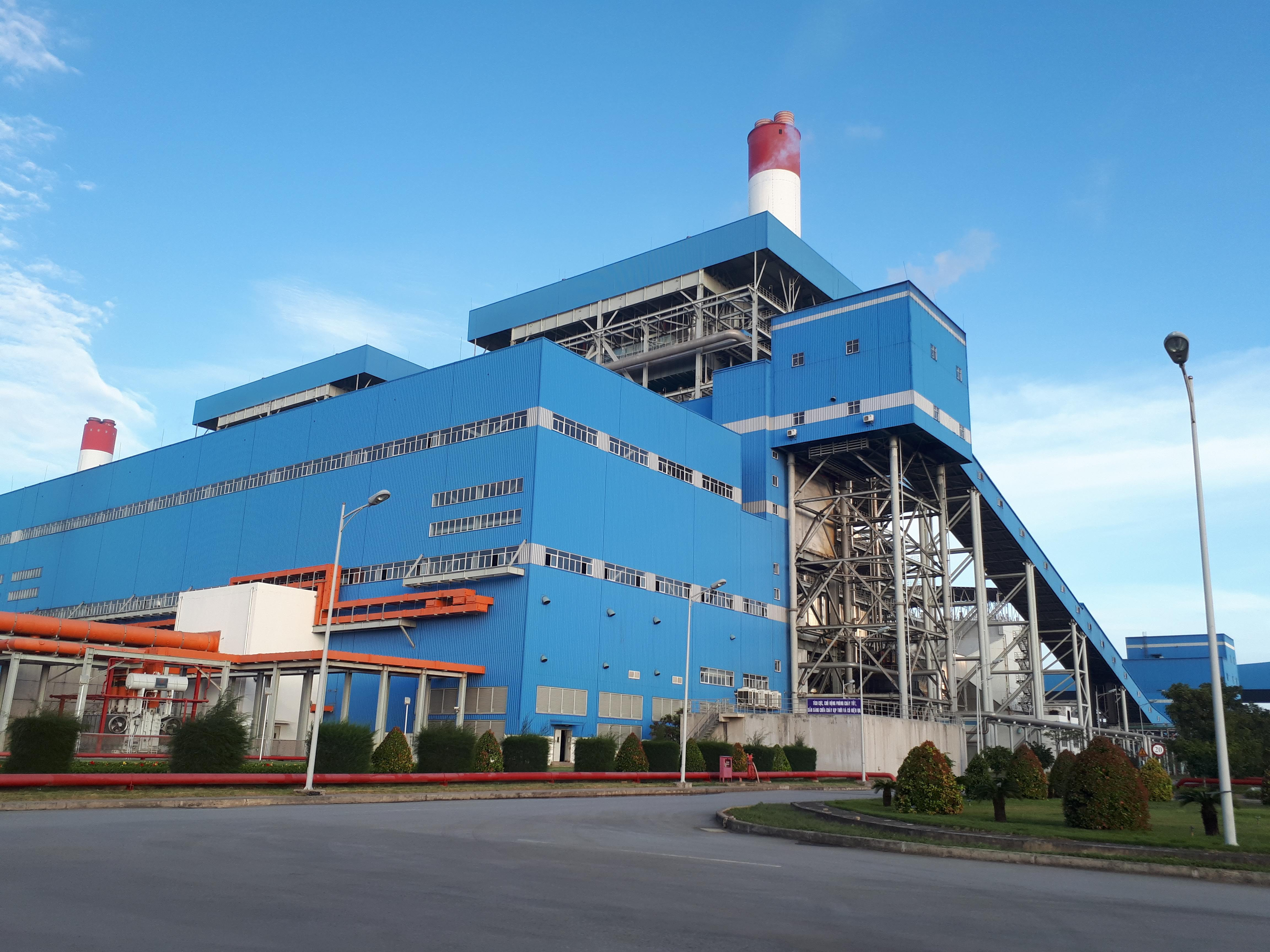
To date, the Vietnamese electricity market has gone through two levels – competitive electricity generation and competitive wholesale electricity, while it is undergoing the third stage – building a competitive retail market.
The competitive electricity generation market officially became operational on July 1, 2012. Since January 1, 2019, Vietnam has been running the competitive wholesale electricity market and is carrying out a detailed model, preparing for the operation of the competitive retail market.
To prepare for the running of the retail market, in August 2020, the Ministry of Industry and Trade (MOIT) issued Decision No 2093 approving the model of the competitive electricity retail market. It is expected that after 2024, electricity users will have the right to choose an electricity retailer.
However, before forming a competitive retail market, Vietnam has to complete a competitive wholesale market, because this market is the input market of the competitive retail market.
In addition, according to MOIT, it is necessary to carry out reform of electricity retail pricing by removing the cross-offsetting mechanism and separating subsidy items.
In principle, retail electricity prices must truly reflect the production cost and expenses for every group of clients and every geographical area.
Also, it is necessary to issue sufficient legal documents to operate the market and transparently define the elements that create production costs, including expenses on electricity generation, transmission, distribution and support services.
At the same time, Vietnam needs to thoroughly reshuffle the power industry by clearly separating the activities bearing natural monopoly characteristics, (such as transmission, distribution, operation of the electricity system) and regulating transactions in the market with competitive activities (wholesale buying, retailing).
In the retail market, distributors only provide distribution services to retailers and electricity users (clients). The units that operate the electricity system and electricity market must be dependent on buyers and sellers in the market to be sure that the wholesale market runs in an effective way, with no discriminatory treatment, creating a firm foundation for the retail market.
Under the reshuffling plan, MOIT has set the goal of completing the competitive wholesale market in accordance with the approved model design; and completing the preparatory work in legality, infrastructure and deployment of the competitive retail market.
It is expected that from now to 2025, a pilot mechanism will be created on buying and selling electricity directly between power plants and power users; and activities of electricity distribution (which bear natural monopoly characteristics) and electricity retail activities (which bear competitiveness) will be separated in order to improve transparency and effectiveness.
Retail prices
Relevant units have gone far in preparing for the retail market, but challenges still need to be overcome to be able to deploy a retail market.
The power market, by nature, still has one buyer with a low proportion joining the market.
In May 2023, EVN proposed that clients connecting to the 110 KV grid or higher will have to buy power directly in the power market. If this gets approval, EVN will no longer be the only buyer.
Though the electricity generation market has become competitive, the adjustment of retail prices in accordance with market mechanisms still cannot be implemented.
Therefore, the electricity retail pricing reform to make prices suitable to different levels of the power market, compatible with electricity generation and wholesale prices, and using power effectively and economically, have been set by MOIT as an important task.
Citing experience from other countries, the ministry pointed out that the most important thing to ensure the success of the competitive retail power market in other countries is that electricity retailers have the right to determine retail prices.
Retail prices are determined based on retailers’ calculation of input costs and other relevant expenses which ensure profits for retailers.
The task of restructuring all stages in the electricity industry has been assigned to the Committee for the Management of State Capital at Enterprises and the task of infrastructure development for operation of the electricity market has been assigned to EVN.
Luong Bang